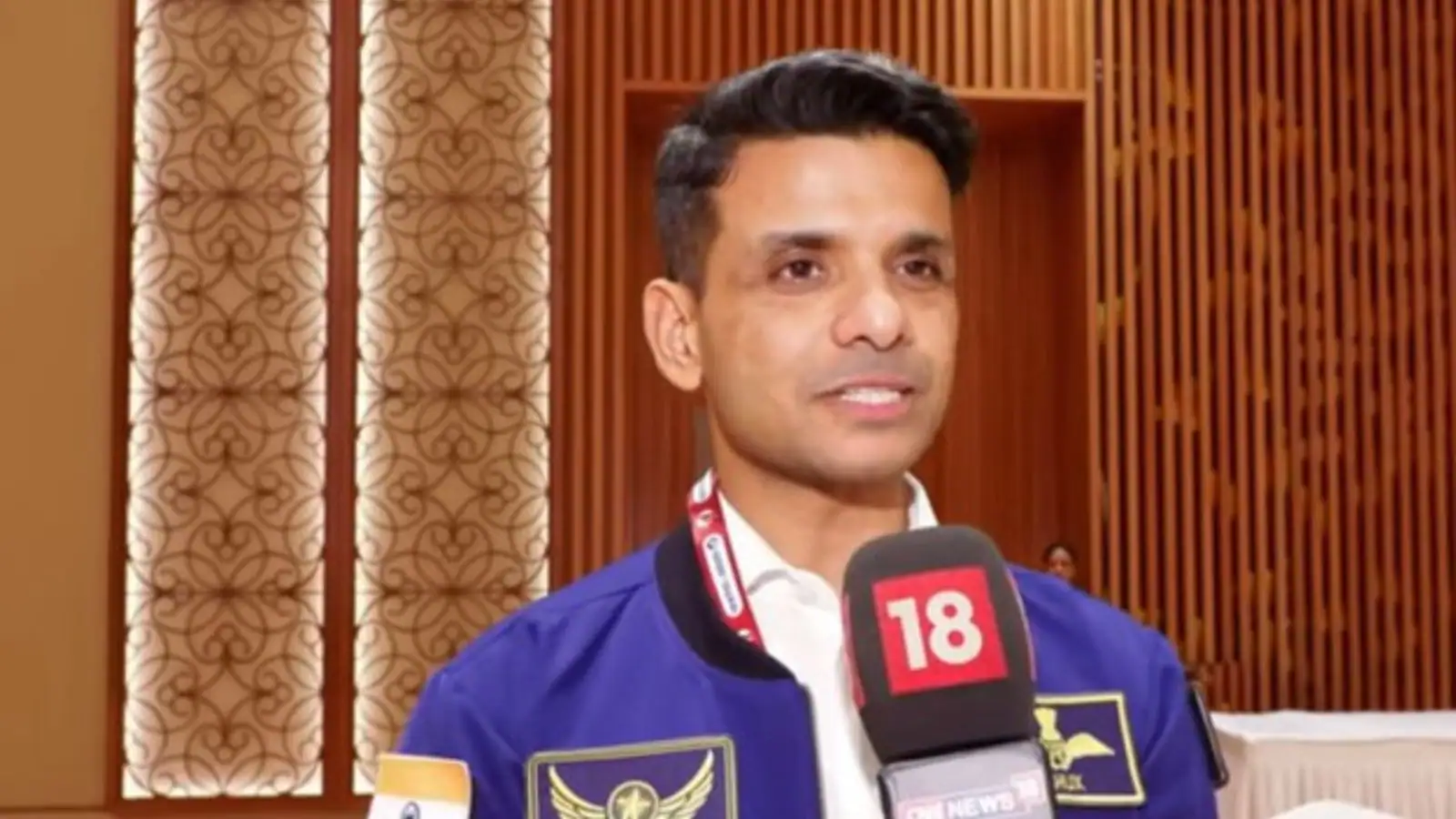Copyright news18

When Group Captain Shubhanshu Shukla arrived at the International Space Station this June, he etched his name in history. The 40-year-old Indian Air Force test pilot became the first Indian to enter the largest orbiting laboratory in space, symbolising the country’s growing presence in human space exploration. “When I embarked upon the mission, I did not have an idea of how it would impact people back home. But I’m extremely happy to see how people are excited about Space, especially the children and youth. They ask me so many questions, which shows that their interest is growing. It is a great momentum that we should continue to build on,” says Shukla, brimming with hope, as he spoke exclusively with CNN-News18. As one of the four Gaganyaan astronaut-designates, Shukla was selected to represent the Indian Space Research Organization (ISRO) on its first-ever private human spaceflight collaboration with the US-based Axiom Space. After a rigorous training, he, along with three other crewmates, spent nearly 18 days at the ISS and splashed down in the Pacific Ocean on July 15. ON BEING ASTRONAUT NO. 634 As astronaut No. 634 to have crossed the Kármán Line, the trained test pilot knows that many have ventured into Space before him—Wing Commander Rakesh Sharma being the first Indian to do so in 1984. But he believes that human spaceflights continue to hold great significance. “When you launch someone to space, you actually lift a million here on Earth,” he says emphatically. “With human spaceflight missions, what we are essentially trying to do is sustain life in an environment, where it should not exist. The conditions are very harsh. So, by pursuing such arduous missions, we try to solve very complex problems and stumble upon some unique solutions, which can have applications for terrestrial-based problems over a period of time. Just the pursuit of such complex missions can change the entire ecosystem of a country which has the power to transform its education, research and development, industrial base set-up and economy, and uplift so many people on Earth.” The Axiom Mission-4 also marked the first time that India conducted experiments in microgravity. Shukla brought back a treasure trove of data, studying muscle recovery in space, germination of seeds, cognitive impact of screen on astronauts, as well as testing microalgae as potential source of food. The findings of the research are set to be published soon. ON INDIA’S BIG DREAM – GAGANYAAN As India looks ahead for its own human spaceflight Gaganyaan in 2027, Shukla says the dream is now within reach. “Human spaceflights are extremely challenging, and very complex. We must understand that it takes time. But I’m very happy to say that preparations are going very well, and we are on track. Now that we have been part of a human space mission end-to-end, we have the knowledge and very soon, we will be on our path of launching someone from the Indian soil and on an Indian rocket,” he said. After flying fighter jets in the Indian Air Force for over a decade, Shukla was inducted into the astronaut training programme in 2019, and shortlisted as one of the four astronaut-designates for Gaganyaan in February 2024. In June 2025, he served as the pilot for the SpaceX Falcon-9 rocket that led the historic mission to the ISS. Asked about how life has changed since then, he smiles. “In terms of altitude, definitely more zeroes have been added to how high I was flying. But it has changed in a lot of ways. I’m extremely fortunate to get the chance to travel to space and represent India. I had a very different job description back then, as a test pilot, and now it’s different. I absolutely enjoy the privilege that I have, but there is a greater sense of responsibility. India has set a target of landing an astronaut on the moon by 2040, and there is excitement about space among people. We have to use it to drive growth of our space programmes by leaps and bounds. I hope I’m able to do that honestly and sincerely as possible,” he signs off.



